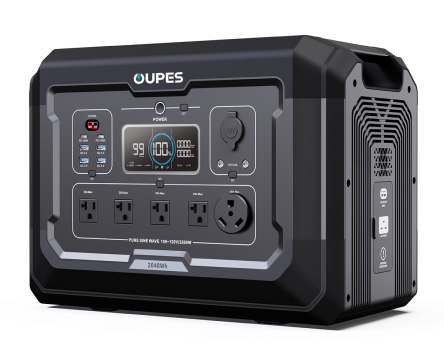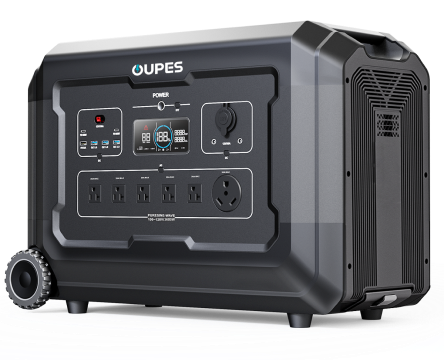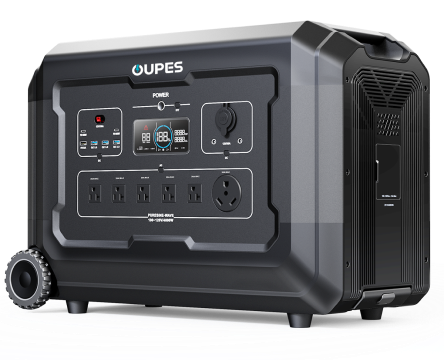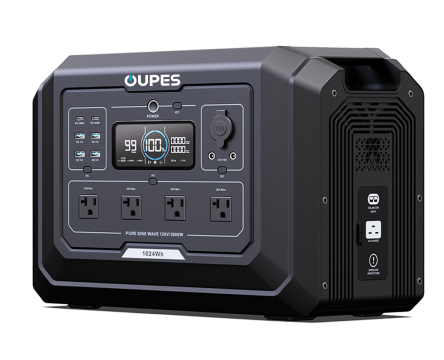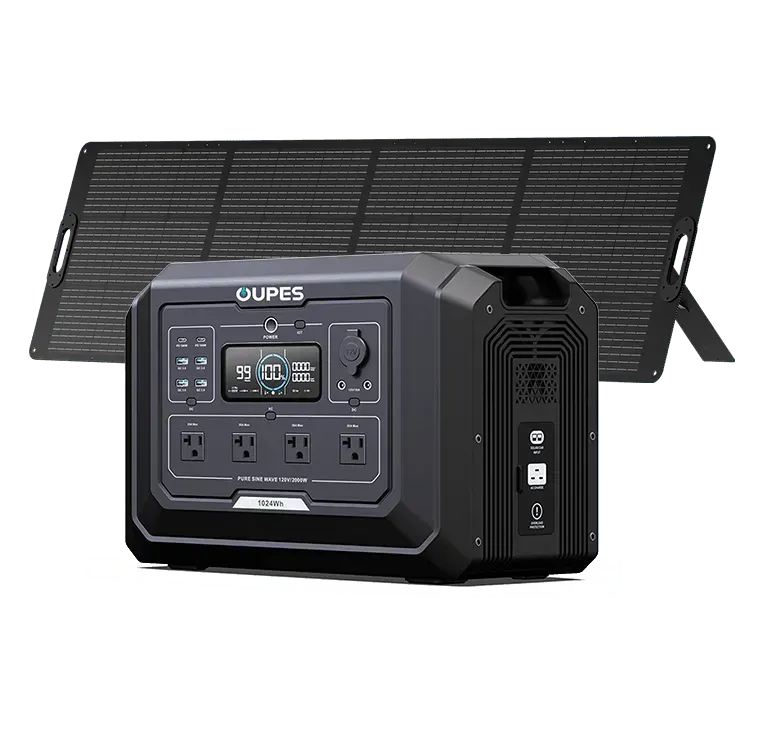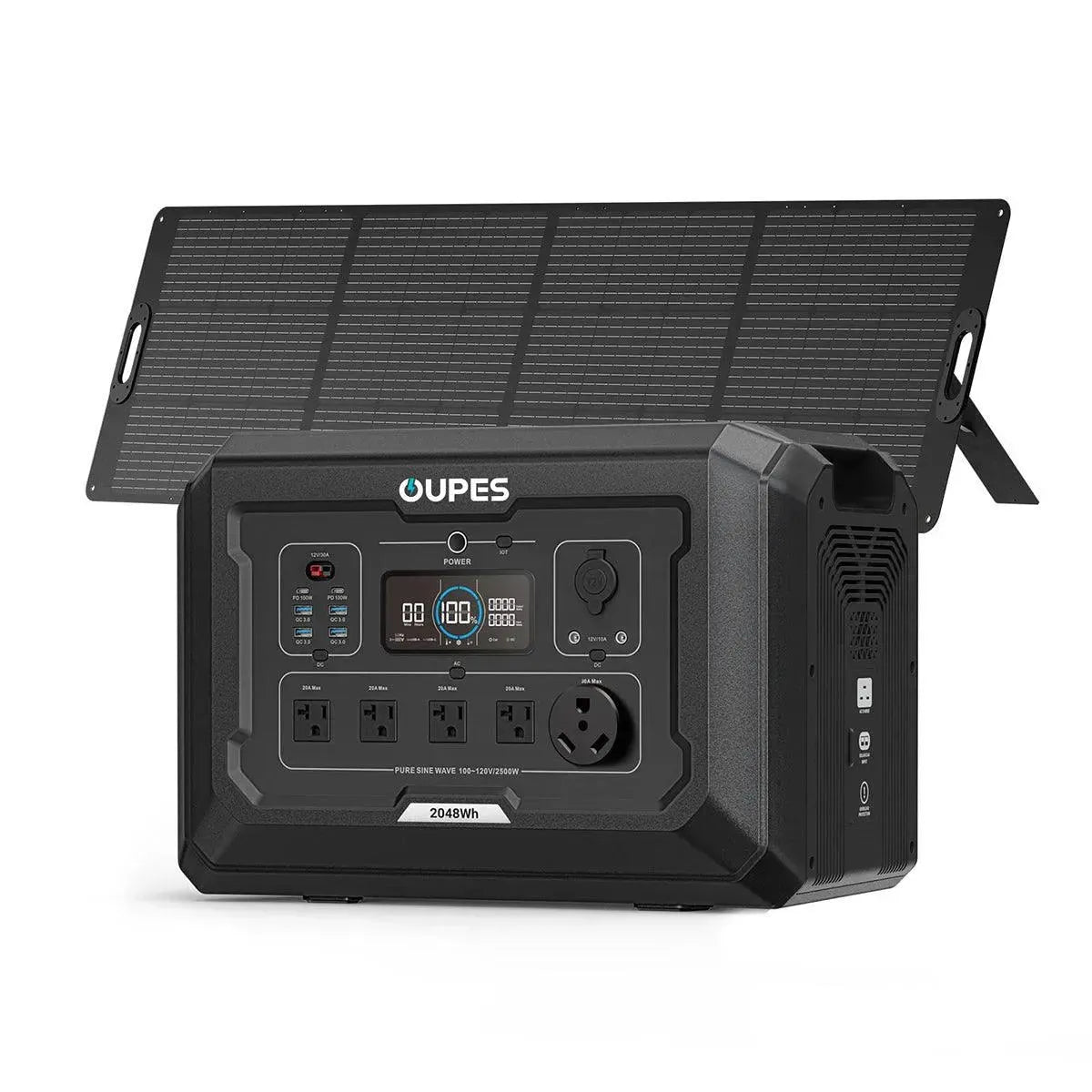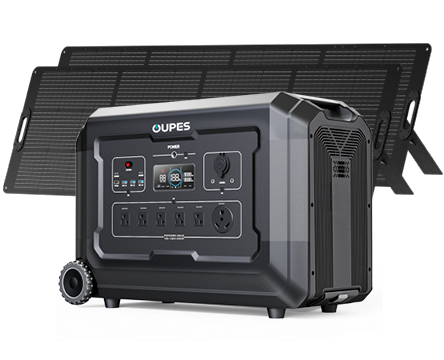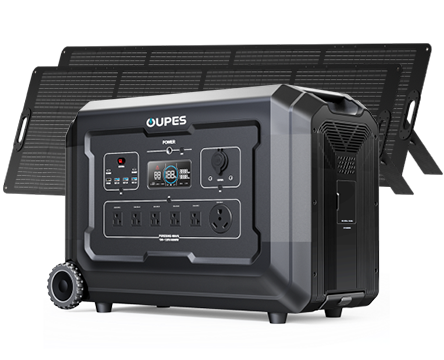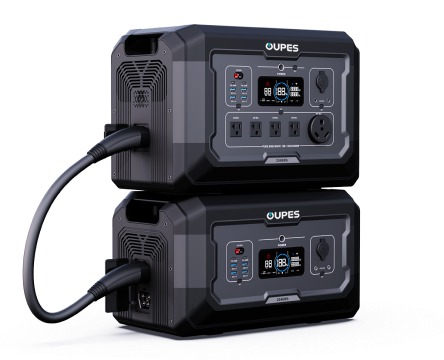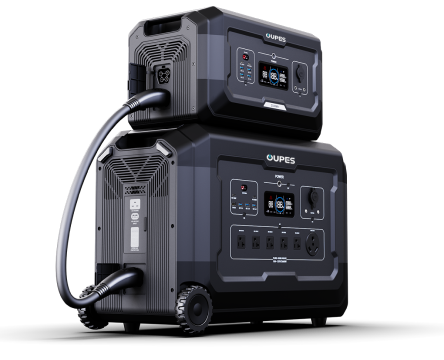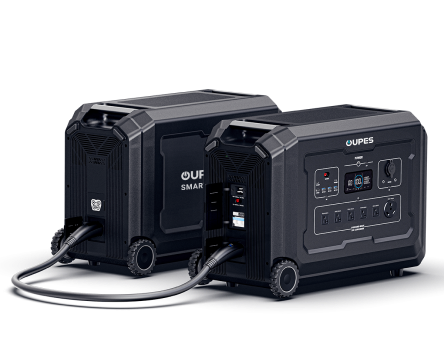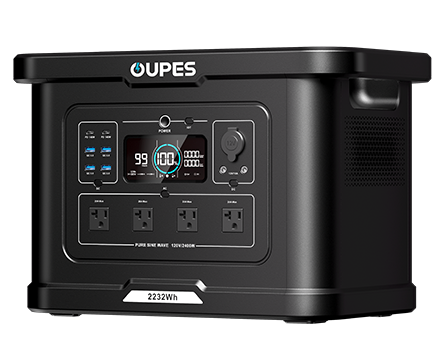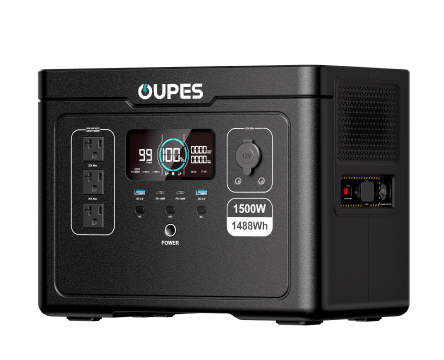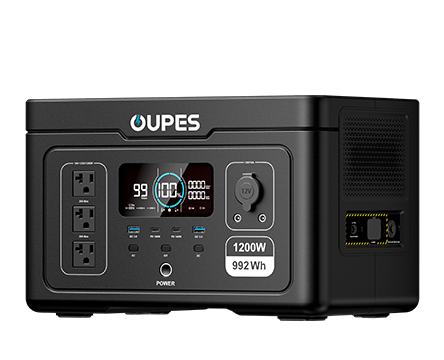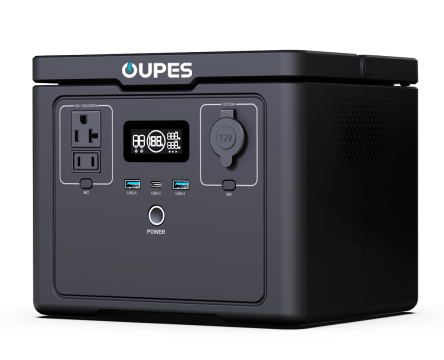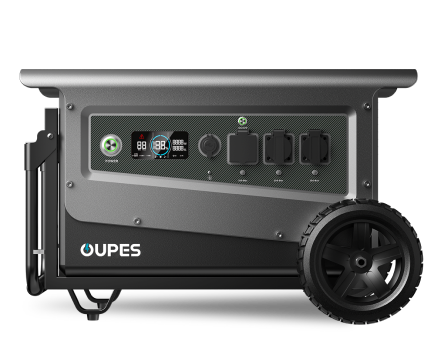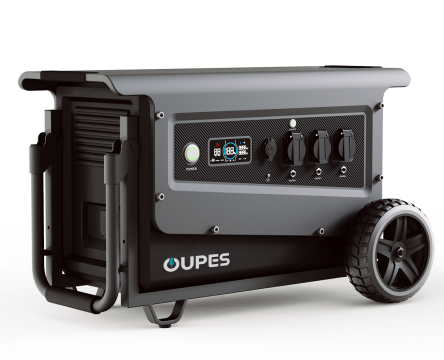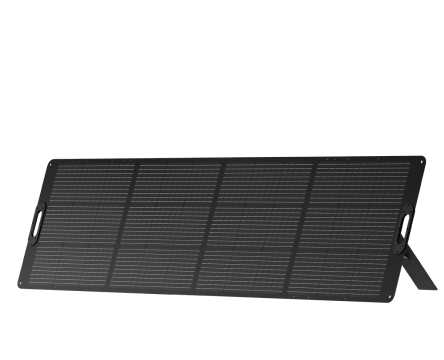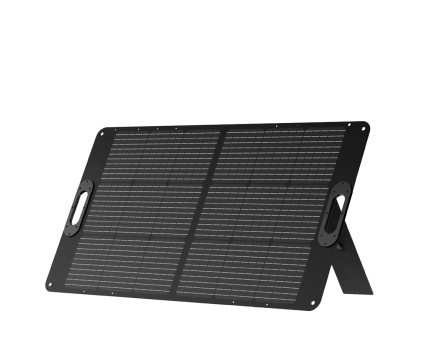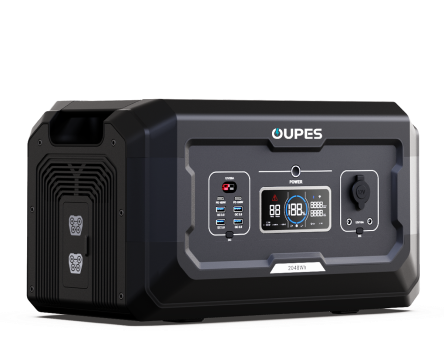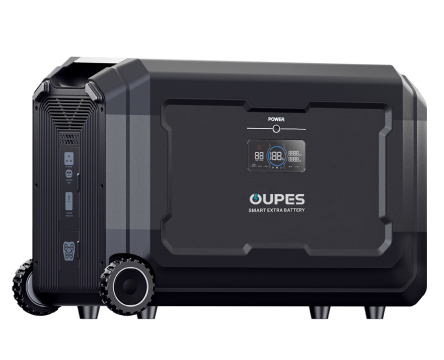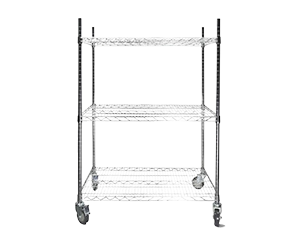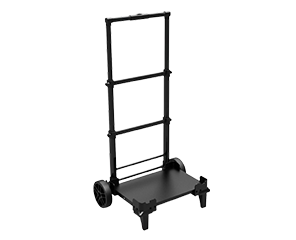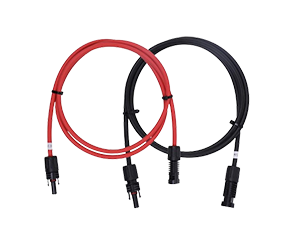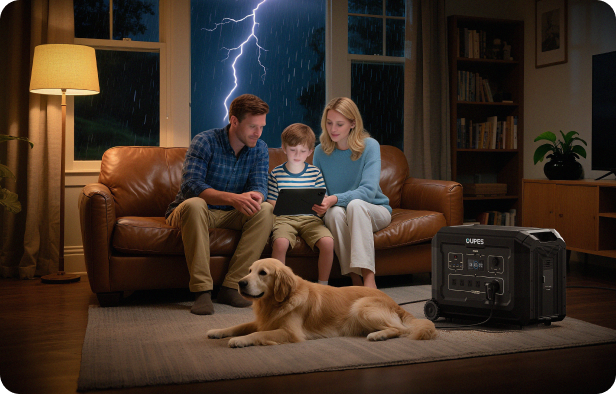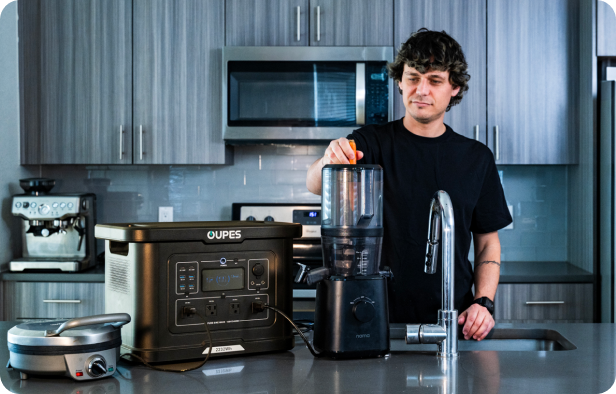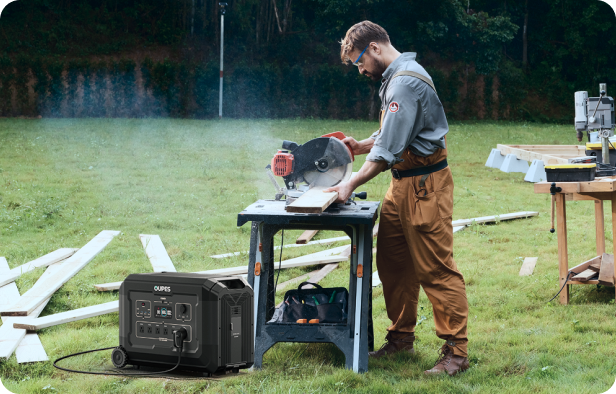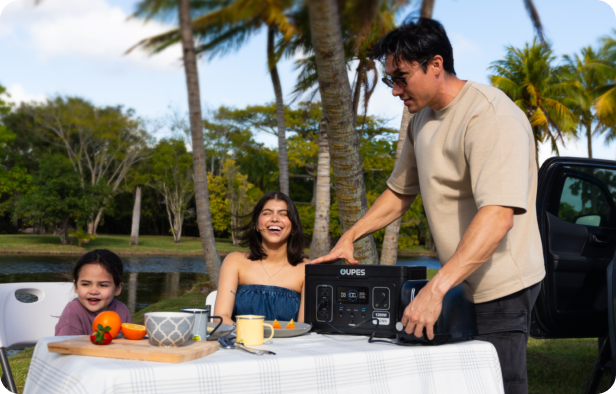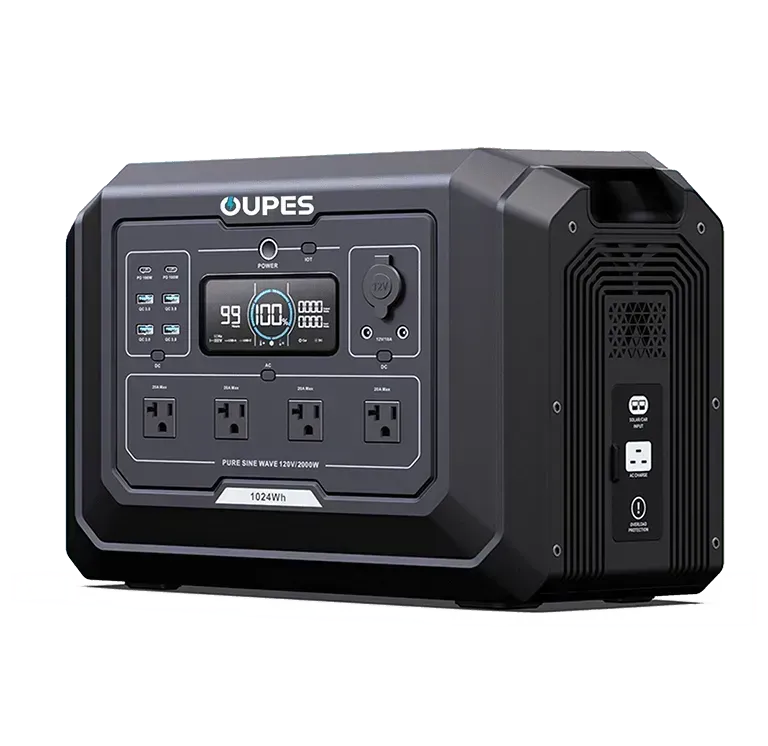
Table of Contents
- Introduction: Why Wattage Matters
- Understanding Wattage and Power Consumption
- Scenarios: Calculating Wattage for Common Devices
- Comparison of OUPES Power Stations by Wattage
- Steps to Determine the Right Wattage for Your Needs
- FAQs
- Conclusion
Introduction: Why Wattage Matters
When selecting a portable power station or planning your household’s backup energy needs, knowing the wattage requirements of your devices is essential. Wattage determines how much power a device consumes and helps you avoid overloading your power station.
Whether you’re camping, working remotely, or preparing for emergencies, determining wattage ensures your chosen OUPES power station will reliably run your appliances and devices. This guide explains wattage in simple terms, offers step-by-step calculations, and demonstrates how to apply this knowledge.
Understanding Wattage and Power Consumption
Wattage (W) is the measure of power consumption, calculated by multiplying voltage (V) by current (A). Most appliances list their wattage on a label or user manual, making it easy to identify how much energy they consume. If not listed, you can use the formula:
Wattage = Voltage × Current
For example, a laptop that uses 19V and 3A consumes 57W. This number indicates the minimum power capacity a portable power station must provide to run it safely.
Rated vs. Surge Wattage
Devices often have two wattage ratings:
- Rated (Running) Wattage: The continuous power required during normal operation.
- Surge Wattage: The extra power required when starting devices with motors, like refrigerators.
OUPES power stations are designed with surge handling capabilities, ensuring they can start high-demand devices without risk.
Scenarios: Calculating Wattage for Common Devices
To better understand wattage needs, let’s consider some real-world scenarios:
Camping
During a camping trip, you may want to run lights (10W), a mini-fan (50W), and charge two smartphones (15W each). The total load is around 90W, meaning even a compact OUPES Exodus 600 can easily handle these requirements.
Remote Work
For a remote office setup, you’ll need a laptop (60W), Wi-Fi router (15W), and monitor (40W). The total requirement is 115W, which the OUPES Exodus 1200 supports with room to spare.
Emergency Backup
In a blackout, families may want to run a refrigerator (150W running, 1200W surge), LED lights (20W), and phones (20W). This requires a power station capable of handling surges, such as the OUPES Mega 2 or Mega 3.
Comparison of OUPES Power Stations by Wattage
Here’s a comparison of OUPES models and their suitability based on wattage needs:
| Model | Capacity (Wh) | AC Output | Surge Output | Best Use Case |
|---|---|---|---|---|
| Exodus 600 | 256Wh | 600W | 1200W | Camping, small devices |
| Exodus 1200 | 992Wh | 1200W | 3600W | Remote work, family trips |
| Mega 2 | 2048Wh | 2500W | 5400W | Emergency backup, CPAP support |
| Mega 3 | 3072Wh | 3600W | 7000W | Whole-home backup |
| Mega 5 | 5040Wh | 4000W | 7000W | Extended outages, off-grid living |
Steps to Determine the Right Wattage for Your Needs
Determining wattage requirements involves a few simple steps:
- List All Devices: Write down every device you plan to run on your power station.
- Check Wattage Ratings: Look at labels, manuals, or online specifications.
- Separate Running and Surge Wattage: Ensure your power station can handle surge loads.
- Total Up Wattage: Add the running wattages to determine total continuous load.
- Add a Buffer: Always include a 20% margin for safety and unexpected use.
Using this method ensures your OUPES power station is matched to your devices, preventing overload and maximizing efficiency.
FAQs
How do I find the wattage of my device?
Check the product label or manual. If only voltage and current are listed, multiply them to calculate wattage.
What happens if my device needs more wattage than the power station provides?
The device won’t run properly, and the power station may shut down to protect itself.
What is surge wattage?
It’s the extra power required when a device starts up, common in appliances with motors like fridges.
Can OUPES power stations run multiple devices at once?
Yes, as long as the combined wattage does not exceed the power station’s rated output.
How much buffer should I leave when calculating wattage?
A 20% margin is recommended to avoid overload and handle fluctuations.
Do OUPES stations display real-time wattage?
Yes. Models include LCD screens and app controls to monitor wattage in real time.
Which OUPES model is best for refrigerators?
Mega 2 and above handle refrigerator surge wattage safely, making them best for backup scenarios.
Conclusion
Understanding wattage is key to matching your devices with the right power station. From camping lights to refrigerators, calculating wattage helps ensure uninterrupted operation.
OUPES offers a wide range of reliable LiFePO4-powered stations designed to support every wattage requirement, giving you peace of mind whether at home, outdoors, or off-grid.

